A speedy evolution of healthcare gave way to a vast number of new terms used here and there. Not only those who receive health services but also doctors throw out these technical terms inconsistently. This applies in particular to telehealth and telemedicine that gained wide use but are frequently misunderstood.

Source: Steelkiwi
Whatever you call them, telehealth or telemedicine, modern healthcare technologies are great at connecting physicians to physicians, physicians to patients, patients to patients regardless of location or time.
Contents
Telemedicine vs telehealth: Definitions
A major distinguishing feature of telemedicine is the use of remote devices to ensure timely delivery of diagnostic and treatment-related services. Through mobile phones, laptops, or tablets, doctors can easily reach out to their distant patients to make a diagnosis, determine the treatment, monitor their patients’ health condition, or even educate them about how to better manage any critical cases.
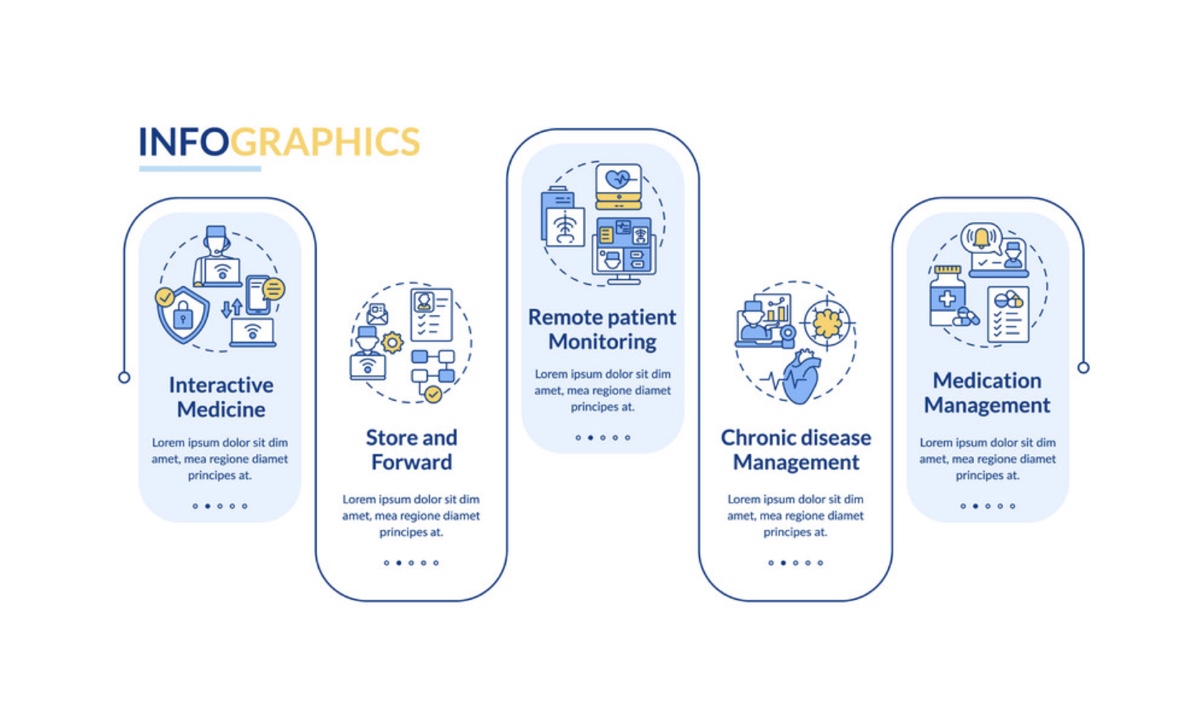
SOURCE: VectorStock
Telehealth includes a much wider range of healthcare services than telemedicine does. Among other things are live video, remote patient monitoring, mobile health, and transmission of electronic documents. Some other popular telehealth examples are medical professionals’ ongoing education or a network of doctors sharing their experience or asking for advice.

SOURCE: Population Health
Forms of telemedicine and telehealth (with examples)
Basically, there are three forms of telemedicine. Each successfully exists either as a standalone solution or is connected to other forms. The latter option is a choice for a really advanced e-care type. The infographic below describes these forms fully.

SOURCE: Steelkiwi
DermEngine is an example of telemedicine software (its asynchronous form, to be more precise). This is an intelligent dermatology platform where patients can securely share images of their skin conditions with doctors that are documenting and analyzing these conditions.
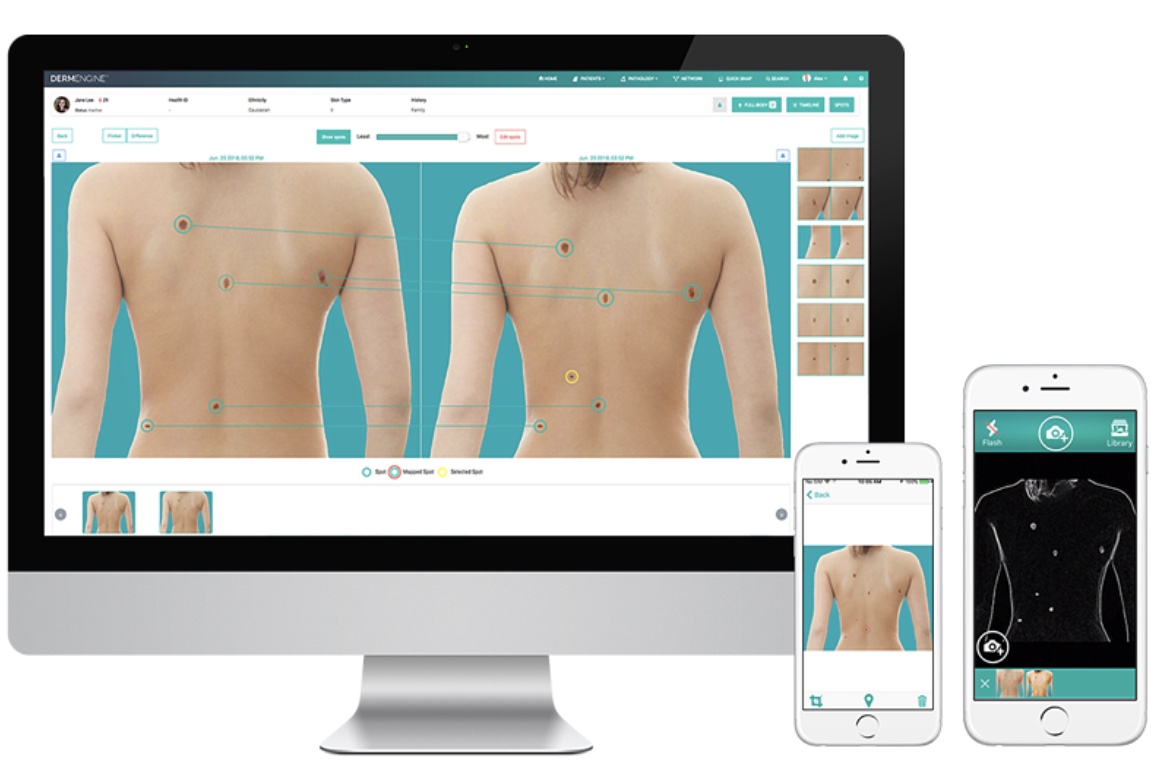
SOURCE: DermEngine
After revising the data shared through DermEngine, a healthcare expert provides a full report on the condition. The list of basic DermEngine’s features includes:
- Total body photography for the optimal imaging of lesions;
- Clinic analytics dashboard for performance tracking, report generating, and data visualization;
- Teledermatology for the management of dermatology-related conditions during COVID-19;
- Visual search to assist medical experts in making informed clinical decisions.
Benemedic is another example of a telemedicine platform which is a native app for doctors and patients to communicate via voice calls, video calls, or chats, store and manage medical records, get prescriptions, and pay for the provided services.
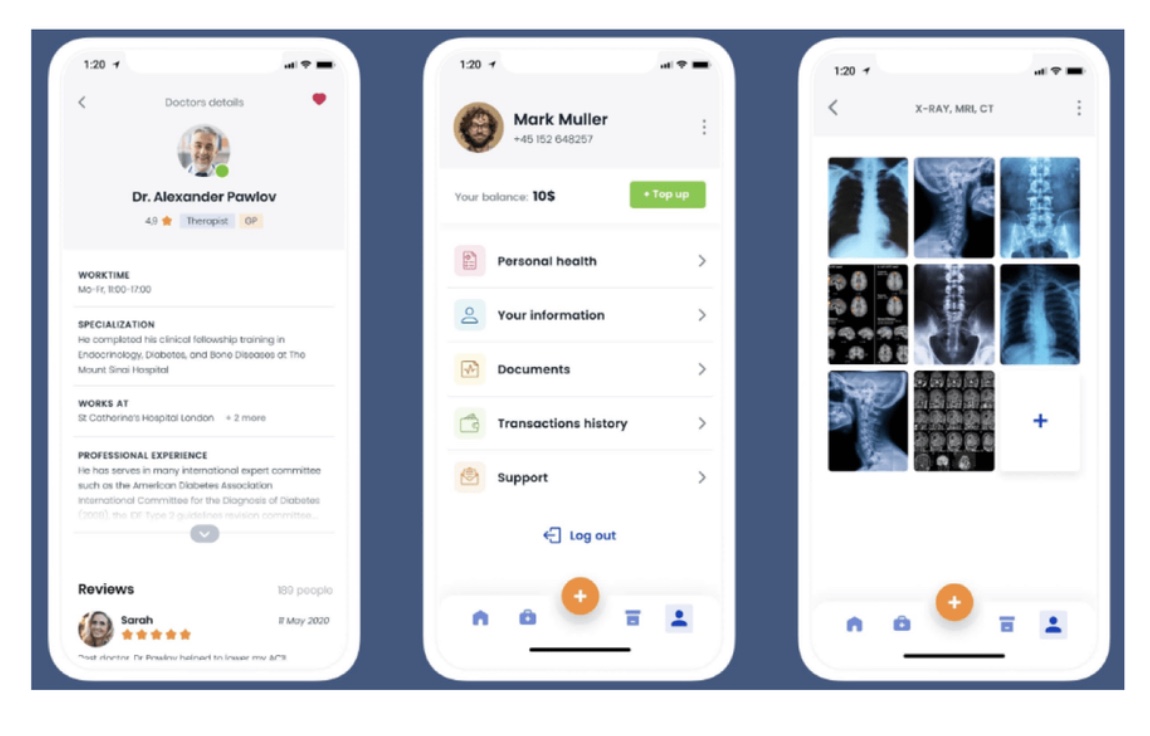
SOURCE: Benemedic
In addition to standard features, this telemedicine app incorporates one of the telehealth tools. In other words, it offers users to educate themselves through medical articles written by certified doctors.
Each telehealth form is driven by the need to ensure the connection between patients and doctors, doctors and doctors, or patients and patients despite their geography. The need is satisfied by three major forms.
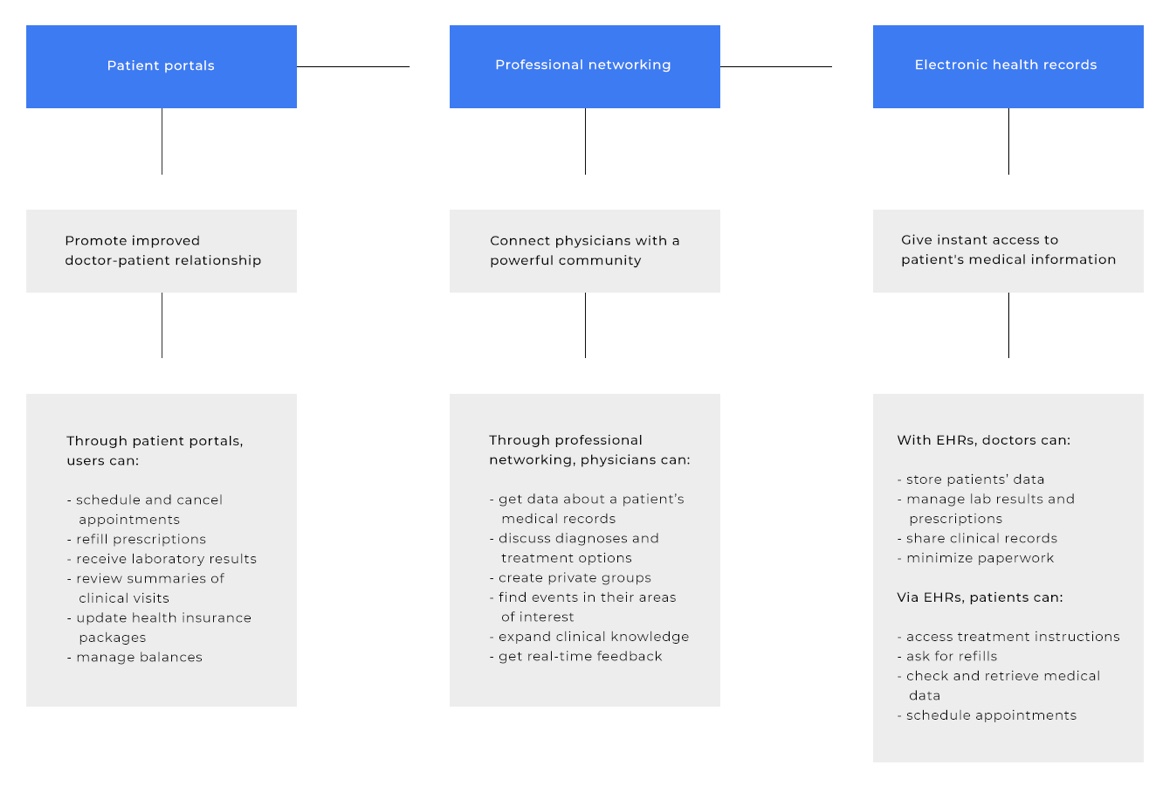
SOURCE: Steelkiwi
In addition to these three popular forms, there are also patient health and patient education apps that empower users to be more active when maintaining their health.
Electronic health records or EHRs are one of the top popular telehealth forms. Let’s look at services like Epic. On the one hand, this software is effectively used in medical centers, community hospitals, rehab centers, independent practices, retail and dental clinics. On the other hand, it is used in patient’s homes or they are always in the patient’s pockets.
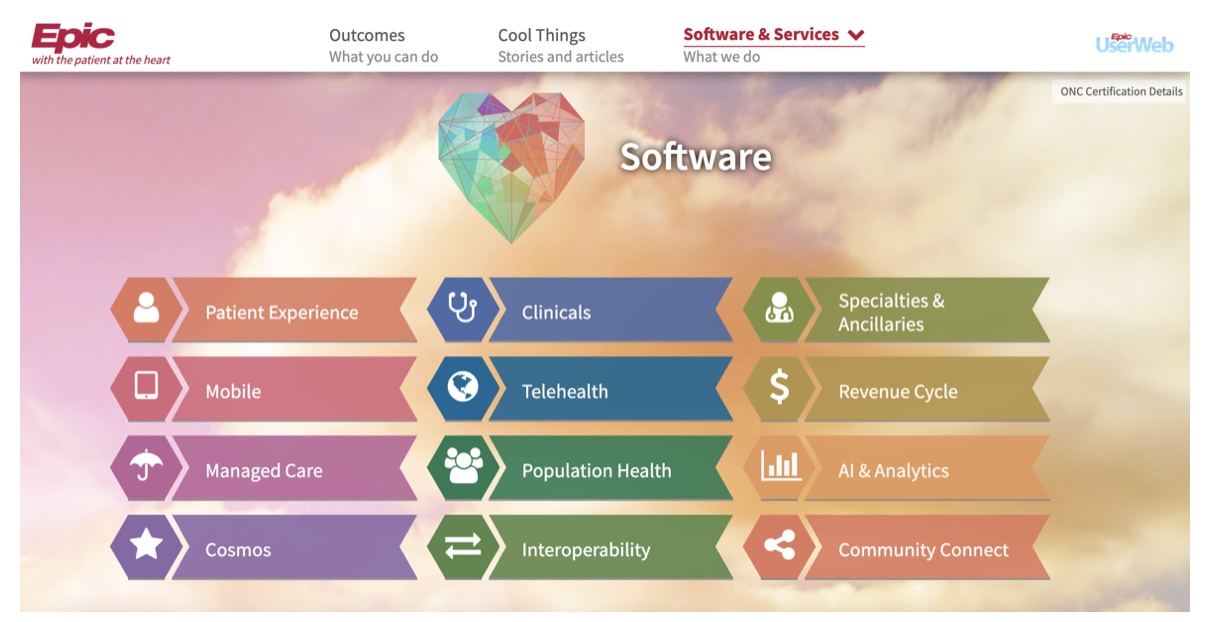
SOURCE: Epic
The software has one of the richest sets of modules for the following:
|
|
|
|
|
|
|
|
|
|
|
|
|
|
|
|
|
|
What is more, Epic’s screens and workflows aren’t simply personal but are also easy to customize. And since the entire system is available on mobile, users stay connected wherever they go.
There’s another service of the same form, called Meddy.co. This is a database of doctors and hospitals where users can find and book appointments with certified healthcare providers.
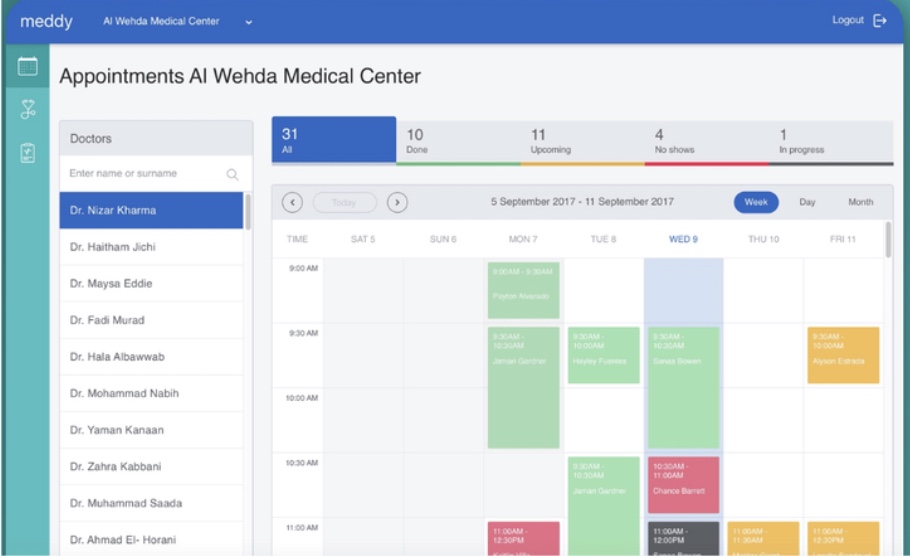
SOURCE: Meddy.co
With Meddy.co, there are four user roles:
- Hospital administrators who create and manage the staff’s schedule;
- Hospital receptionists who set, edit, and control appointment statuses;
- Doctors who create a personal profile with data on experience, and can specify appointment date and time;
- Patients who create a profile with personal data, search for doctors by means of multiple filters, book appointments, and leave reviews.
Telemedicine stays after COVID-19: Myth or truth?
It’s true that telehealth and telemedicine services were growing prior to COVID-19. But at that time, they were majorly popular as a part of mental health services. With the outbreak of the virus, most telemedicine-related restrictions were relaxed allowing telemedicine to spread and help doctors provide medical care and patients get this care when they need it.
But the main question is if telemedicine and telehealth remain in demand after the world gets back to its norm.
Telemedicine will not completely replace in-person care. In-person visits will remain necessary when specific procedures (lab tests, vaccination, or biopsy) will be required. But most hospitals expect 20% to 30% of their volume to continue to be via telemedicine and telehealth solutions even after the pandemic is over.
In the long run, telemedicine will enhance in-person medical services. At least, this is what both doctors and patients expect.
